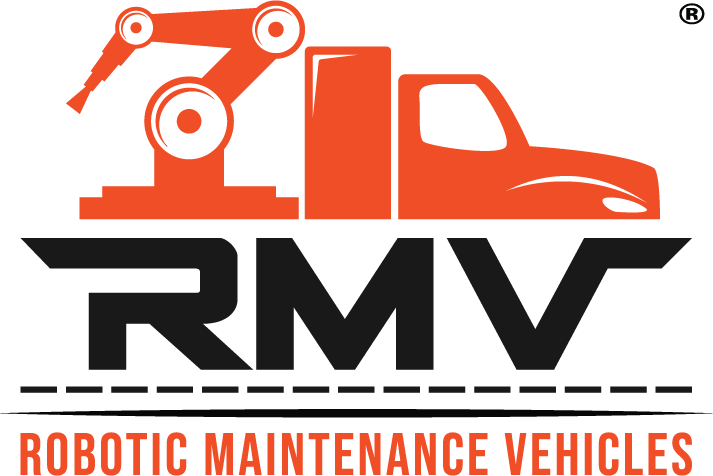ABOUT US
Your content goes here. Edit or remove this text inline or in the module Content settings. You can also style every aspect of this content in the module Design settings and even apply custom CSS to this text in the module Advanced settings.
About RMV
Robotic Maintenance Vehicles (RMV) began with a concept from Pioneer Industrial Systems (PIS) to provide safer work zones for our nation’s highway maintenance crews. The concern was recognized by the president of PIS, when he noticed how dangerous crack sealing and other basic road maintenance tasks are. To bring this concept to life, we have integrated a FANUC robot onto a truck chassis, equipped with components that create a more efficient form of work. RMV performs faster and more accurate maintenance, reducing the amount of equipment and labor needed, conserving material and money, and keeping roadworkers out of harm’s way.
STRATEGIC PARTNERS




FAQ
Most frequent questions and answers
What is the difference between RMV and Robotic Crack Sealer?
RMV is short for Robotic Maintenance Vehicles, which is a modular platform for robotic road maintenance solutions. The Robotic Crack Sealer is the first module available for the RMV, with future maintenance modules in development.
What kind of maintenance is required for the Robotic Crack Sealer?
Preventative maintenance?
Component replacement?
How often do I need to add sealant?
What is the size and weight of the Robotic Crack Sealer? Is a CDL required to operate?
What is the speed of the Robotic Crack Sealer?
How difficult is it to operate the Robotic Crack Sealer? Does it require special training?
Does the Robotic Crack Sealer come with a warranty?
Does the lease or purchase come with a service agreement?
The truck chassis is not covered under the RMV warranty – please refer to the truck OEM warranty.
What are the advantages of the Robotic Crack Sealer over the manual method?
- Safety
- Reduced Labor
- Material Savings
- Improved Quality
- Reduced Equipment Needs
- Data Collection
The RMV was designed with safety as the priority, removing the exposed workers from the dangers of the roads. In parallel, there is a substantial reduction in labor compared to a traditional manual crew. The labor shortage has impacted all industries, especially those labor-intensive and menial applications that most workers are unwilling to perform. All the components needed for crack sealing have been integrated into the Robotic Crack Sealer, reducing the number of vehicles and equipment that are traditionally needed. Implementing automation removes human error and inconsistencies between operators – improving overall quality. Preset parameters can be determined to filter out cracks that do not fall within the size range specifications (ex: 1/8”- 1” crack width), along with calculating volume to dispense the correct amount of material based on crack size. Traditional methods of measuring a sample size to estimate lineal feet of cracks and material needed per lane mile are inconvenient and often inaccurate. The industry has been starved of this vital data that can tell us a lot about our roads. We are collecting essential metrics like – Lineal Feet of Cracks Sealed, Distance Traveled, Pounds of Material Dispensed, Duration Sealed, along with GPS locations.
What are the lane widths the Robotic Crack Sealer is capable of?
Can the Robotic Crack Sealer be used for parking lots?
How does data reporting work?
The metrics being measured, calculated, and collected are sent from the truck once the sealing cycle has been completed via a 4G phone card, which can be accessed by a user-friendly dashboard and app.
What is the average life of the robot?
What happens if the generator stops working and the system loses power?
How does the Robotic Crack Sealer AI (Artificial Intelligence) work?
Can my truck be upfitted with a Robotic Crack Sealer?
How many operators are needed for the RMV?
Does the RMV operate at night?
How are blocks of material added to the sealant kettle?
Can the RMV spray detack after applying the sealant?
How do all the components get software updates?
What is the RMV’s Generator rated for?
What is the CFM of the RMV’s blow-off system?
How much fuel does the RMV use in a day?
What is the average MPG of the RMV during travel?
CONTACT US TODAY
For more information, click the button below to contact us and we'll be in touch with you as soon as possible.
